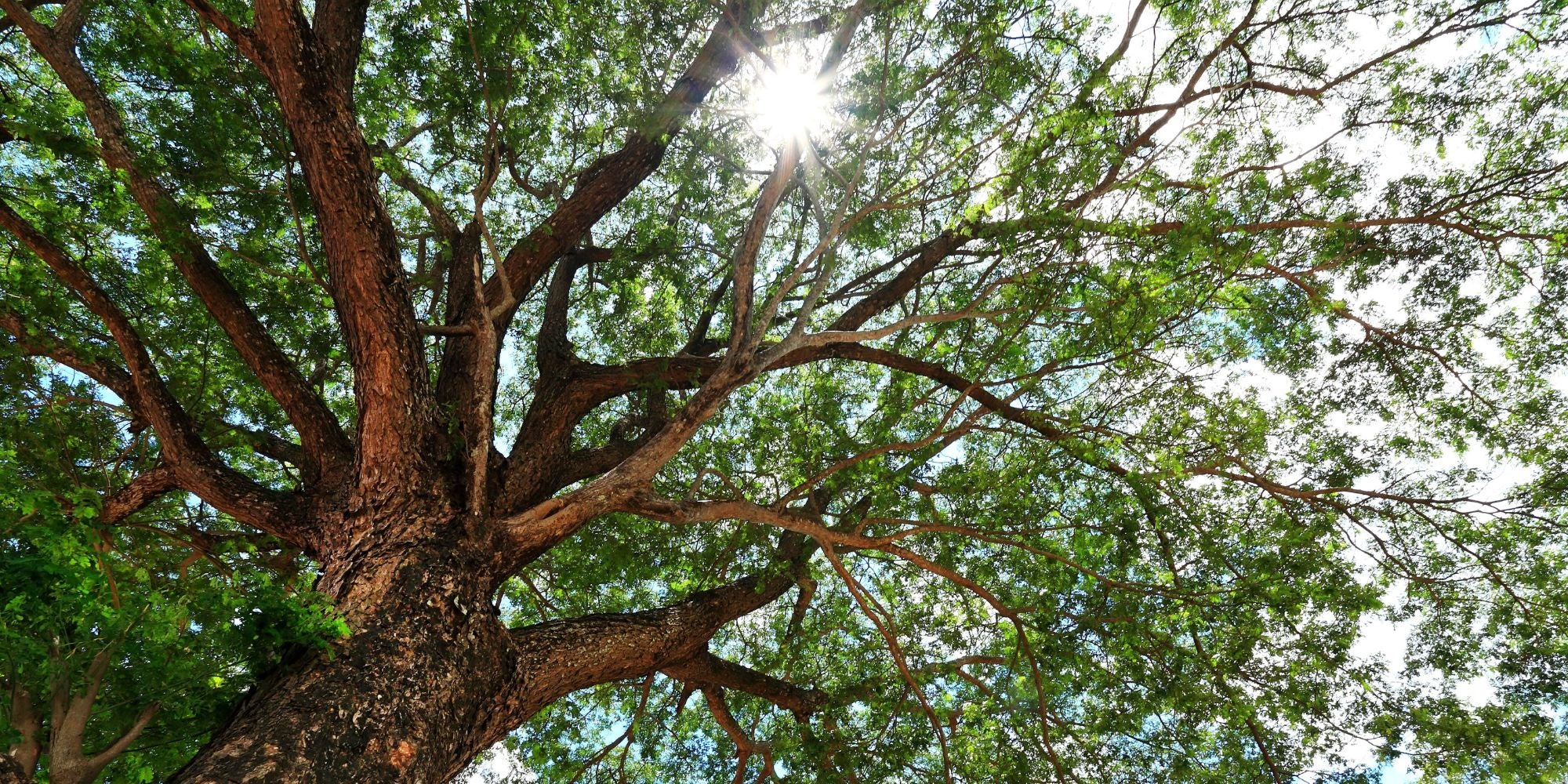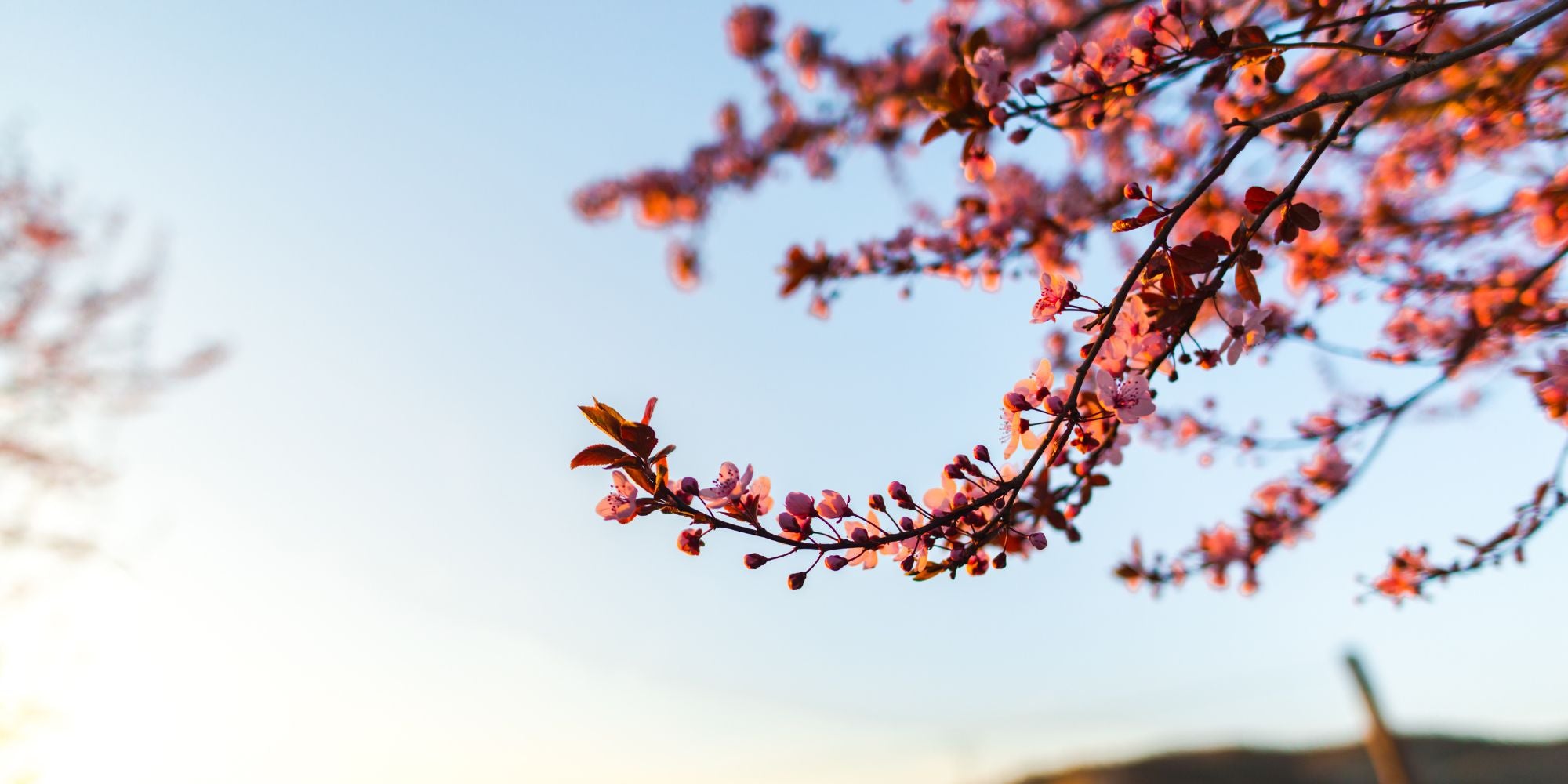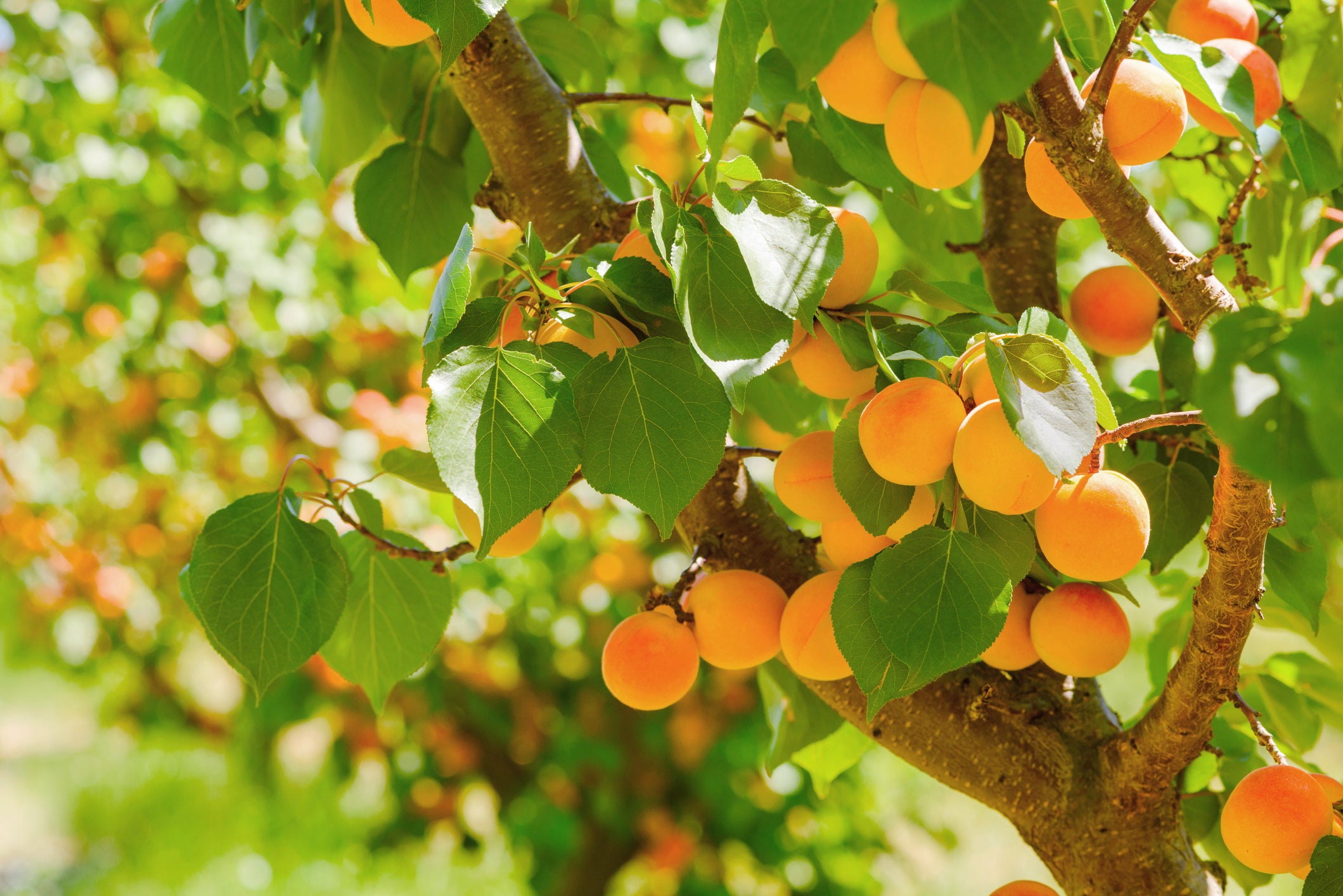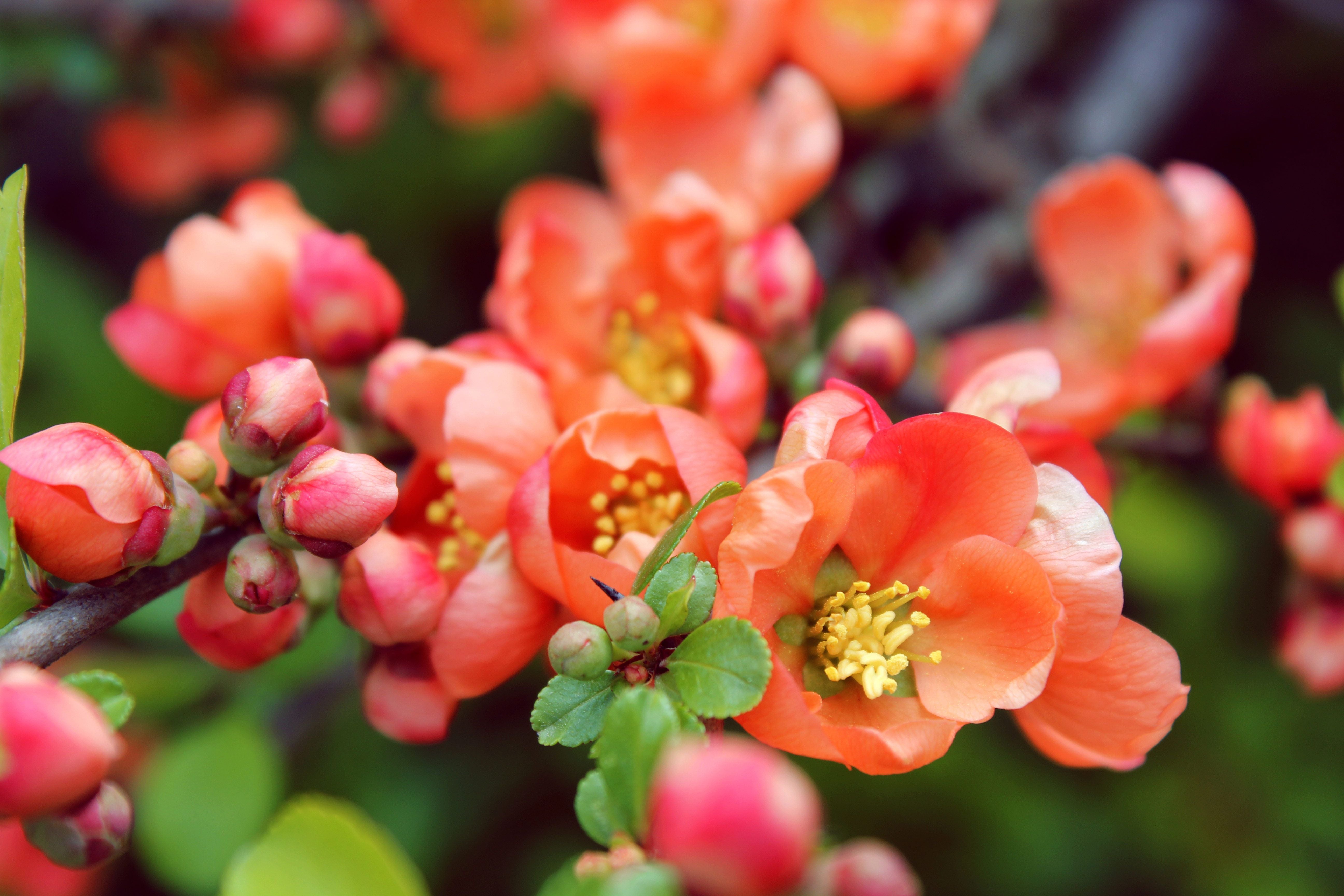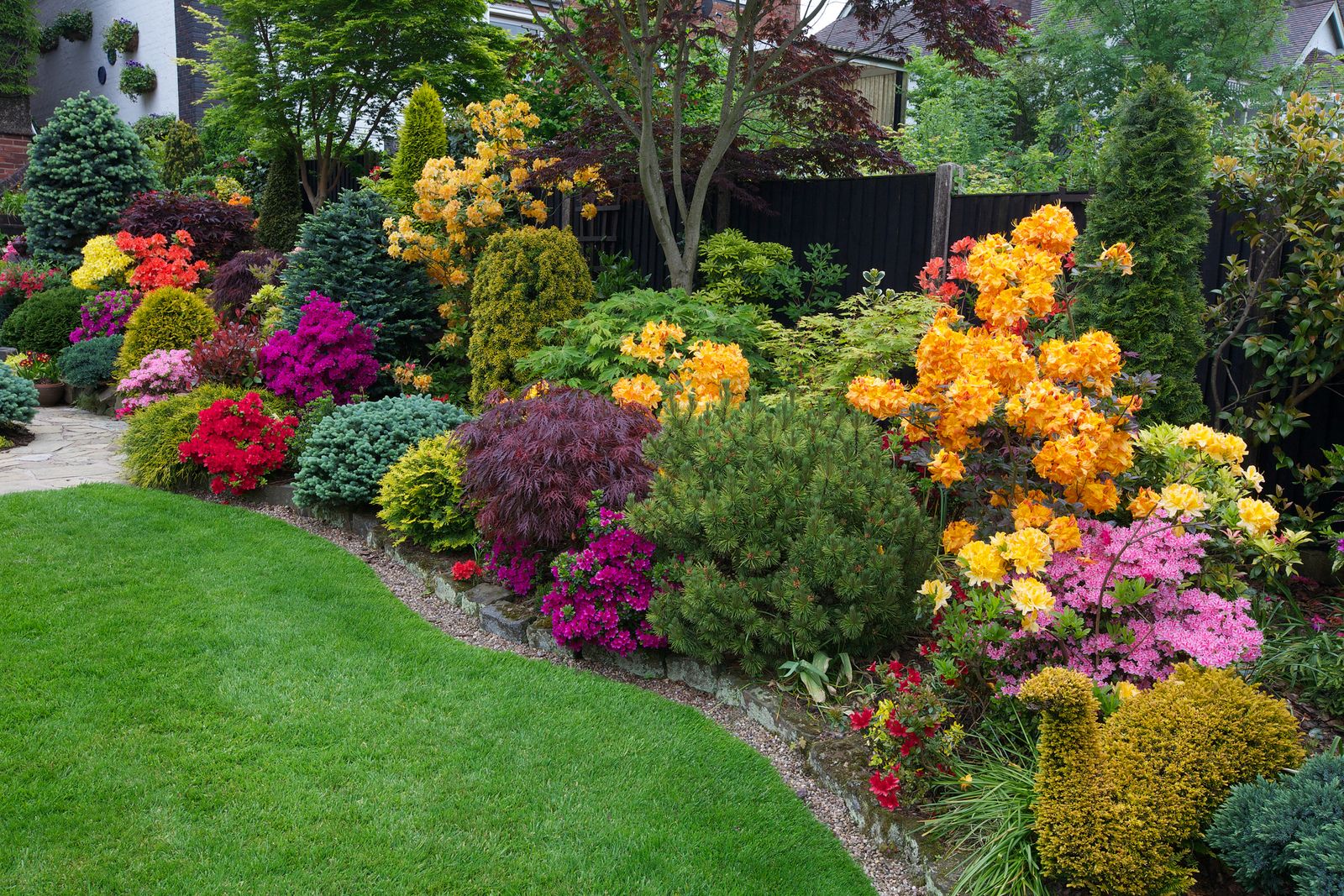6 Apple Tree Varieties You Can Grow In Your Garden
The apple doesn't fall far from the tree, they say, and that saying holds a new layer of meaning when you grow your own. Graceful yet robust, apple tree varieties range widely in flavor, color, and size, offering a spectrum of choice for the aspiring gardener. With careful selection, your garden can become a crisp Eden, yielding fruits that captivate the senses and the soil alike. This pursuit, like any, favors the informed—knowing the character of different apple trees is the silent secret to a bountiful harvest.
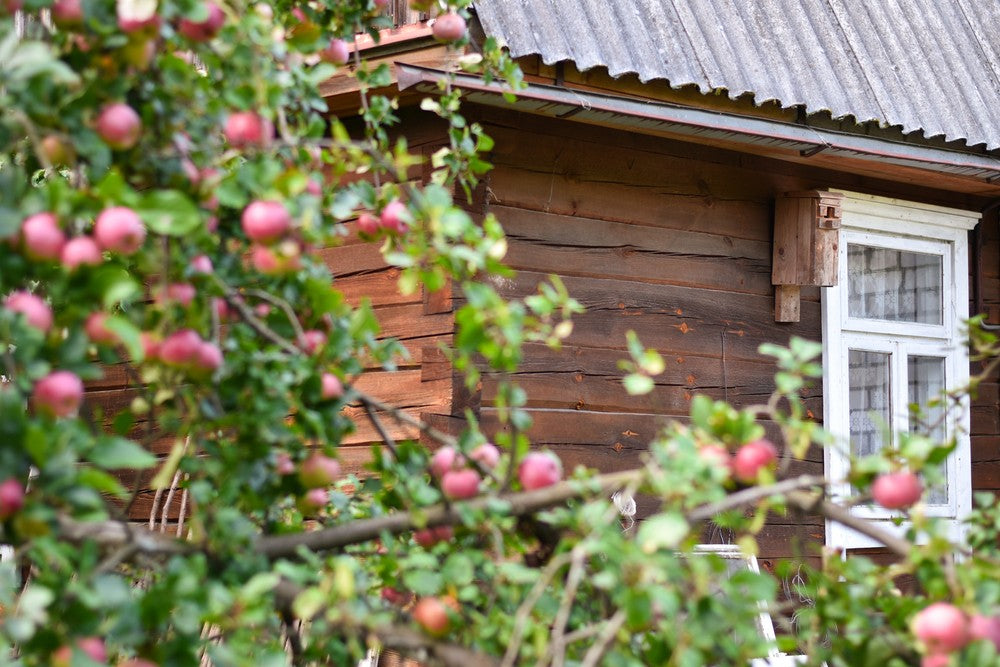
At Tristar Plants, we have apple trees that defy the conventional need for constant care. Imagine apple varieties that require less from you but offer more to your garden's canvas. Whether Jonagold's honeyed tartness or Honeycrisp's satisfying crunch, our selection is tailored for compatibility with both your taste and your garden's climate.
Honeycrisp Apple Trees for Sweet and Crispy Fruit
Honeycrisp apple trees are favorable among gardeners for their distinct sweet, slightly tart flavor and exceptionally crisp and juicy texture. The actual fruit has a unique honey-like undertone that brings about its name. It's easily spotted with the roundly heart-shaped, speckled red over yellow-colored apples. The Honeycrisp apple tree variety shows resistance to some diseases, making it relatively easier to maintain than some other kinds.
This variety adapts well to climates where winter temperatures drop below freezing. Honeycrisp trees need some cold hours but can equally adjust well to the colder part of USDA hardiness zones 3 to 6. Notably, they are self-pollinating but can yield a larger crop if planted near another apple variety tree for cross-pollination. If you want a tree for its distinct sweet and crunchy fruit and dazzling spring blooms, the Honeycrisp variety is worth considering.
Gala Apple Trees for Early Harvest
The Gala apple tree variety is known for its productivity and the early harvest of its fruit. Native to New Zealand, these trees have since gained popularity worldwide because of their sweet and mildly tart apples which are perfect for eating off the branch. They bear beautiful white blossoms in spring that are captivating to the eye and emit a light, pleasant aroma.
The Gala apple tree can be grown in USDA zones 4 to 8 and enjoys full sun exposure. While they are considered self-fruitful, having another apple variety nearby for cross-pollination can result in a more abundant harvest. Gala apple trees require average watering and well-draining soil to thrive best. They are reasonably robust and disease-resistant, and their fruit is small to medium in size, making it a fantastic addition for a gardener who seeks a tree that proffers fresh apples early in the season.
Fuji Apple Trees for Long-Lasting Sweetness
Among the most favored apple tree varieties, Fuji apples originated from Japan and are loved for their long-term storage life and sugary sweet flavor. The apples are large, dense, and have a firm, markedly crisp texture. Their exterior carries a beautiful mix of striped red and creamy yellow hues, making the tree aesthetically appealing.
Fuji apple trees prefer sunny spots and grow best in USDA zones 5 to 9. They are not self-pollinating and need a different apple variety planted nearby for cross-pollination. These trees are high-yielding and can produce an impressive harvest come autumn. Fuji trees have a relatively high resistance to diseases, but monitoring for usual apple pests is advisable. If you're a home gardener with a taste for sweet, crunchy apples that can be stored for long periods, the Fuji apple tree is an excellent choice to add to your garden.
Granny Smith Apple Trees for Tartness and Baking
Granny Smith apple trees are popular for those who love a crisp, tart apple. Originating from Australia, these trees produce fruit that is renowned for its bright green color and sharp taste. The apples from this variety are incredibly versatile, often used in pies, salads, and as snacks due to their firm texture and ability to retain their shape and tartness when cooked. Gardeners prize Granny Smiths for their late harvest, allowing for fresh apples late into the fall.
These trees are adaptable and can thrive in a wide range of climates, ideally in USDA zones 5 through 9. They prefer sunny locations and are somewhat drought-tolerant once established, requiring less water than some other varieties. While capable of self-pollination, Granny Smith apple trees benefit from being planted near another variety to improve fruit production. For those interested in baking or simply enjoying a tart apple, planting a Granny Smith apple tree can be a rewarding choice.
McIntosh Apple Trees for Juicy Snacking
McIntosh apple trees yield fruit perfect for those who love a sweet and tangy flavor profile. The apples are exceptionally juicy with a tender, white flesh that makes them ideal for fresh eating right off the tree. Originating in Canada, McIntosh apples have a beautiful red and green exterior. They're especially popular in the northeastern part of the United States, thriving in cooler climates found in USDA zones 4 to 8.
McIntosh trees bloom in spring with white to pink flowers, adding ornamental value besides their tasty fruit. They're among the earlier varieties to ripen, typically ready for harvest in early to mid-fall. While McIntosh trees can pollinate themselves, their fruit output benefits significantly from cross-pollination with other varieties. The tree's manageable size and the delightful flavor of its apples make it an excellent option for home gardens.
Red Delicious Apple Trees for Classic Flavor
Red Delicious apple trees have been the standard of the apple industry for a long time, famous for their deep red color and classic apple shape. The fruit they produce is sweet and mildly flavored, with a slightly soft texture. This variety of apples is often seen as the quintessential apple, making them a favorite for fresh eating and salads. Red Delicious apples stand out for their striking appearance, with some types boasting a beautiful, almost burgundy skin.
Growing best in USDA zones 5 through 8, Red Delicious trees prefer full sun and well-drained soil. They offer a mid to late-season harvest, providing delicious fruit after many other varieties have finished. While the trees are self-fertile, introducing a different apple variety nearby can encourage a more productive yield. Red Delicious apple trees are a great choice for growers looking to add a visually stunning and classically flavored apple to their garden.
Golden Delicious Apple Trees for Versatile Use
The Golden Delicious apple tree is respected for its ability to produce abundant sweet fruit, which many describe as honey-like. The apples are pale green to golden in color and have a soft but crisp texture with thin skin, which does not require peeling for most recipes. This variety of apples is highly versatile in the kitchen, suitable for both eating fresh and cooking, as they maintain their shape and offer a sweet flavor that complements both sweet and savory dishes.
Golden Delicious trees are widely adaptable and grow well in USDA zones 4 through 9. They bloom with delicate white flowers in the spring, which turn into golden fruits that come to fall. Although this variety is self-fertile, planting another apple tree variety nearby can improve pollination and, thus, yield. Particularly resistant to bruising, the fruit stays intact on both the tree and in storage, making it a favorite for both commercial orchards and home gardens. Gardeners who desire a multipurpose apple variety that can fulfill almost any culinary requirement will find the Golden Delicious an excellent addition.


